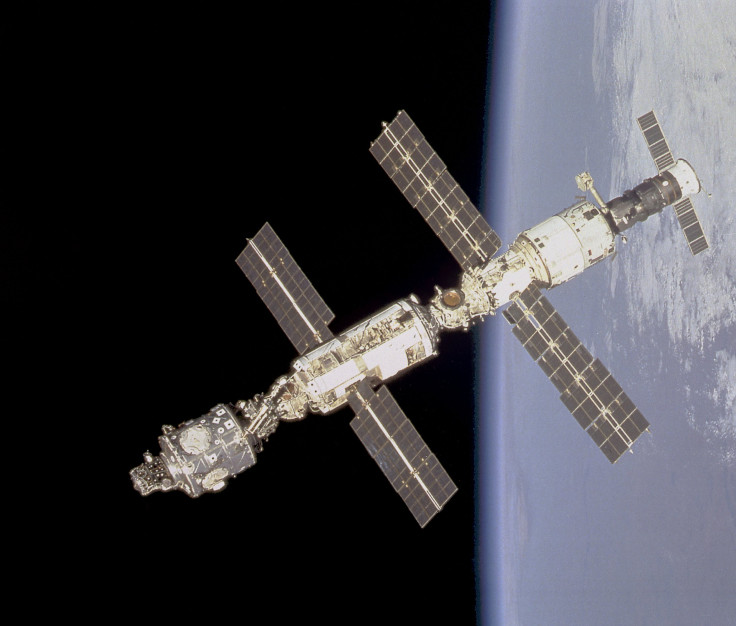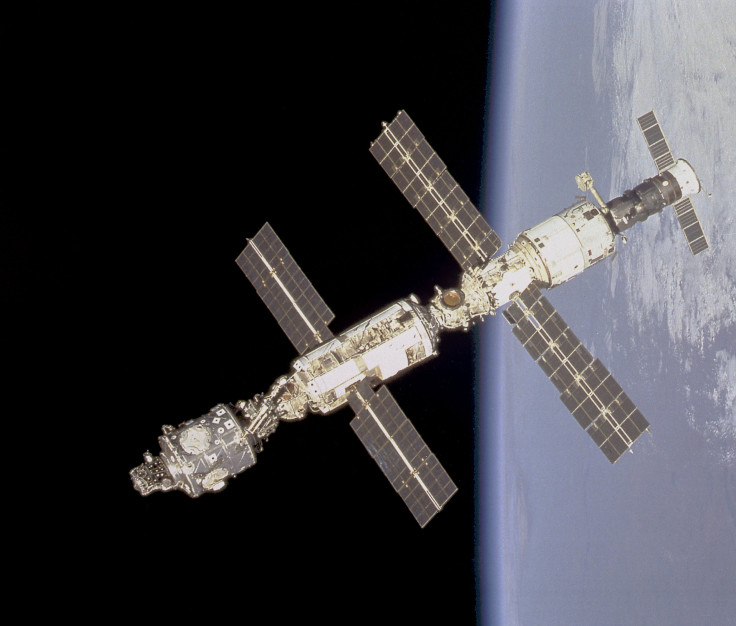Mouse Sperm Survives In Space, Paving The Way For Future Humans To Give Birth On Mars

In an experiment dubbed “Space Pup,” scientists found that freeze-dried mouse sperm stored on the International Space Station for nine months produced healthy babies. The results bode well for the possibility of future human births in space or on a planet like Mars.
The experiment was the first to study the effects of space radiation, which is more than 100 times stronger there than it is on Earth, on mammalian reproduction, according to NASA. The results were published Monday in the U.S. National Academy of Sciences journal.
“The purpose of our project is to know whether mammalian reproduction is possible in space or not,” Teruhiko Wakayama, a professor at the advanced biotechnology center at the University of Yamanashi in Kofu, told the Guardian. “Our results demonstrate that generating human or domestic animal offspring from space-preserved spermatozoa is a possibility, which should be useful when the space age arrives.”
Read: Life May Have Originated On Mars And Traveled To Earth, NASA Engineer Says
Wakayama said it's likely humans would live in space for several years or more at a time in the future and would use technology to assist in reproduction and maintain the diversity of mammals.

“Although those sperm had a little bit of damage by space radiation, the following offspring were all normal,” he said, noting that preserving sperm is possible for at least nine months. The slight damage from radiation had no impact on the birth for or normality of the babies because it was mostly repaired while the embryos were developing, the study said.
Most other experiments focusing on reproduction in space have been conducted on species like fish or amphibians, which are easier to conduct than those on mammals, NASA said.
“We hope to expand on this study by developing an automatic culturing system for frozen embryos, as well as animal cages to maintain live animals in space, and ultimately to attempt to produce live offspring under space conditions,” NASA said.
The study’s authors said the next step would be to send mouse embryos to the International Space Station and culture them in microgravity.
The results of the experiment and future endeavors in the area will likely be indispensable as humanity solidifies plans to make it to Mars for long periods of time or permanently. Global security aerospace company Lockheed Martin announced in March plans to set up a base camp on Mars by the year 2028 in order for astronauts to perform long-term tasks and locate the best spot for humans to land permanently.
Read: Mars Base Camp Planned For 2028
“This is all doable in the next 10 to 12 years,” said Tony Antonelli, former NASA space shuttle pilot and leader of advanced civil space programs for Lockheed Martin. “All we have to do is decide that we’re going to go collectively, together – government, industry, international participation.”
The United Arab Emirates announced its intention to erect the first permanent settlement on Mars, a “Chicago-sized” hub situated on the Red Planet, by 2117. And in one of his last statements before leaving office, former President Barack Obama announced the United States “clear goal” of getting humans to Mars by sometime in the 2030s.
“Someday, I hope to hoist my own grandchildren onto my shoulders,” Obama said. “We’ll look to the stars in wonder, as humans have since the beginning of time. But instead of eagerly awaiting the return of our intrepid explorers, we know that because of the choices we make now, they’ve gone to space not just to visit, but to stay – and in doing so, to make our lives better here on earth.”
© Copyright IBTimes 2024. All rights reserved.






















